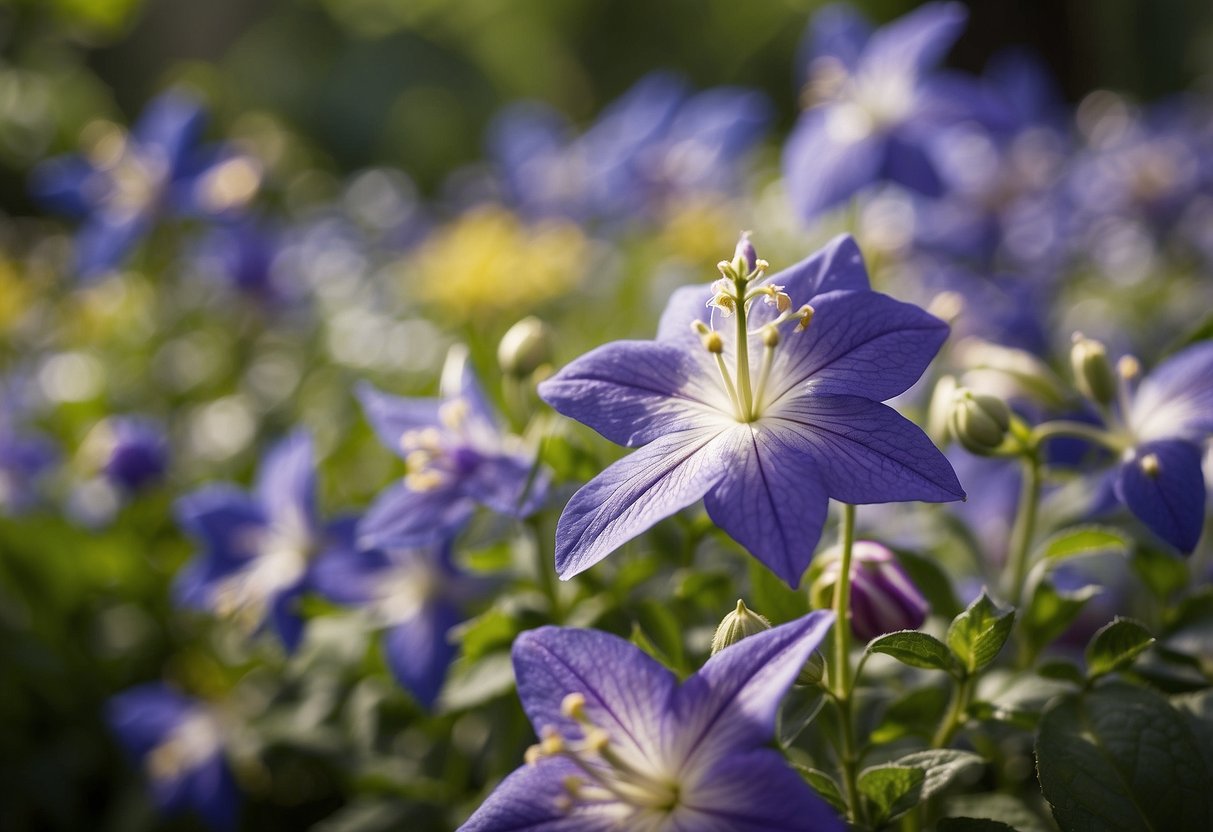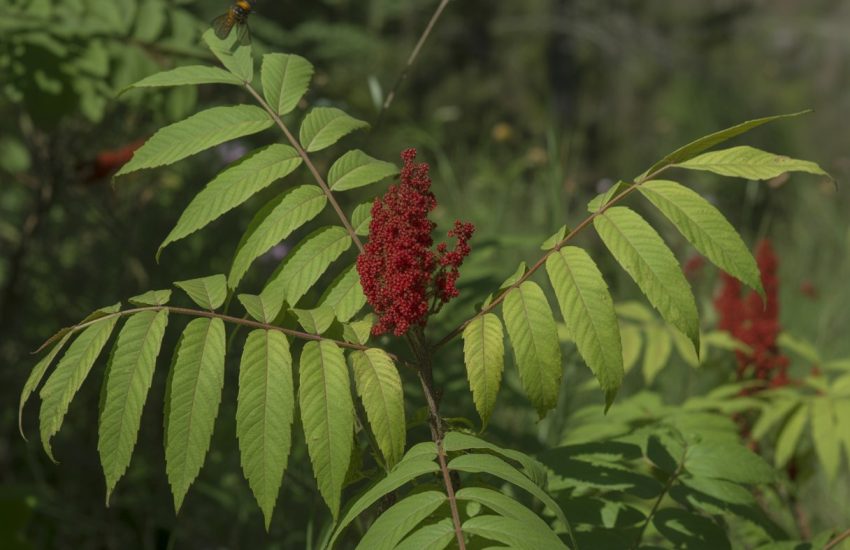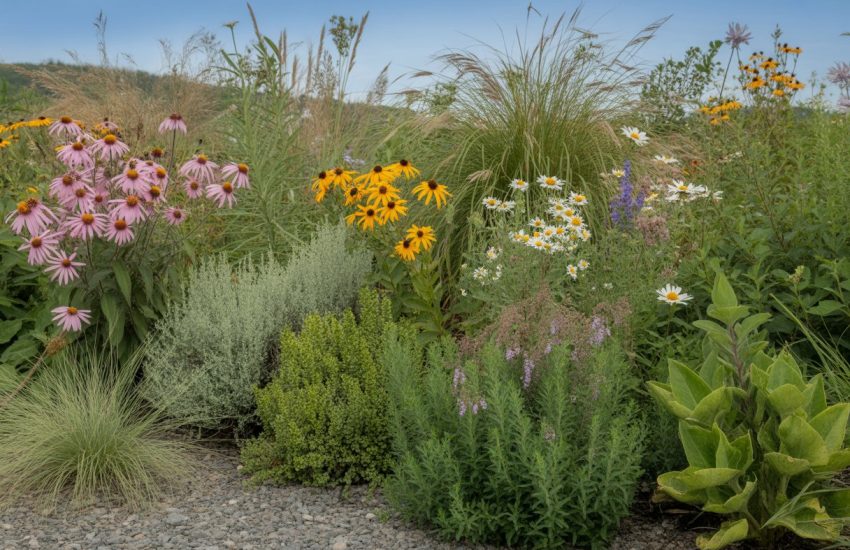Balloon Flower Varieties: A Comprehensive Guide to Different Colors and Shapes
Balloon flowers, also known as Platycodon grandiflorus, are a popular choice for gardeners who want a low-maintenance perennial that produces beautiful flowers. These plants are native to East Asia and come in a variety of colors, including blue, pink, and white. Balloon flowers are known for their unique balloon-shaped buds, which open up to reveal star-shaped flowers.

There are several different varieties of balloon flowers available, each with its own unique characteristics. Some of the most popular varieties include the double-flowered balloon flower, which features fluffy petals, and the Sentimental Blue balloon flower, which has a more compact growth habit and produces deep blue flowers. Other popular varieties include the pink-flowered Fuji series and the white-flowered Mariesii.
Whether you’re a seasoned gardener or just starting out, balloon flowers are a great choice for anyone looking for a beautiful, low-maintenance perennial. With their unique balloon-shaped buds and star-shaped flowers, these plants are sure to add a touch of whimsy to any garden.
Cultivation and Care
Planting and Sunlight Requirements
Balloon flowers are hardy and can thrive in USDA growing zones 3 to 8. They prefer well-draining, loamy soil with a pH between 5.5 to 7.5. They require full sun to part shade location and can withstand higher temperatures with some afternoon shade. Planting in early spring is recommended for blooms the same year. When planting in containers, ensure they are large enough to accommodate the roots.
Watering and Nutrient Management
Balloon flowers require regular watering to keep the soil moist. Drought-tolerant, they do not require frequent watering, but do not let the soil dry out completely. Adding compost to the soil can help retain moisture. Slow-release fertilizer can be added to the soil in early spring to provide nutrients throughout the growing season.
Pruning and Maintenance
Balloon flowers require little maintenance once established. Deadheading spent blooms can encourage more blooms. Pruning can be done in early spring before new growth appears. Remove any damaged or diseased stems. Pests such as slugs and snails can be controlled with organic or chemical methods. Root rot can be prevented by ensuring the soil is well-draining.
Overall, balloon flowers are a low-maintenance plant that can add interest to any garden. With proper care and attention to their planting and sunlight requirements, they can thrive and provide beautiful blooms throughout the growing season.
Varieties and Propagation
Popular Varieties
Balloon flowers, also known as Platycodon grandiflorus, are popular for their unique balloon-shaped buds that burst open into star-shaped blooms. These hardy perennials come in a variety of colors, including purple, pink, white, and blue flowers. Some popular cultivars include the Sentimental Blue, Fuji Blue, Astra series, and Fuji series.
Dwarf varieties of balloon flowers are also available, making them a great choice for smaller gardens or container planting. These varieties typically have smaller blooms but retain the same charming balloon-shaped buds.
Propagation Techniques
Balloon flowers can be propagated through seeds, seedlings, division, or stem cuttings. When propagating through seeds, it’s best to plant them in the spring after all chance of frost has passed. Choose a site that gets full sun to slight partial shade and dig a 3-inch layer of compost into the soil. Sprinkle the seeds on top of the soil and water them. You’ll see sprouts within two weeks. Keep the ground moist around the new sprouts.
When propagating through division, it’s best to do it in the fall after the plant has finished blooming. Dig up the plant and separate the roots into smaller sections, making sure each section has at least one healthy shoot.
Stem cuttings can also be used for propagation. Select a healthy stem from a mature balloon flower plant during the active growing season, usually in spring or early summer. Using clean and sharp scissors or pruning shears, cut a 4- to 6-inch section of the stem just below a leaf node. Remove the leaves from the lower half of the cutting and dip the cut end in rooting hormone. Plant the cutting in a pot filled with a well-draining potting mix and keep it moist until roots develop.


